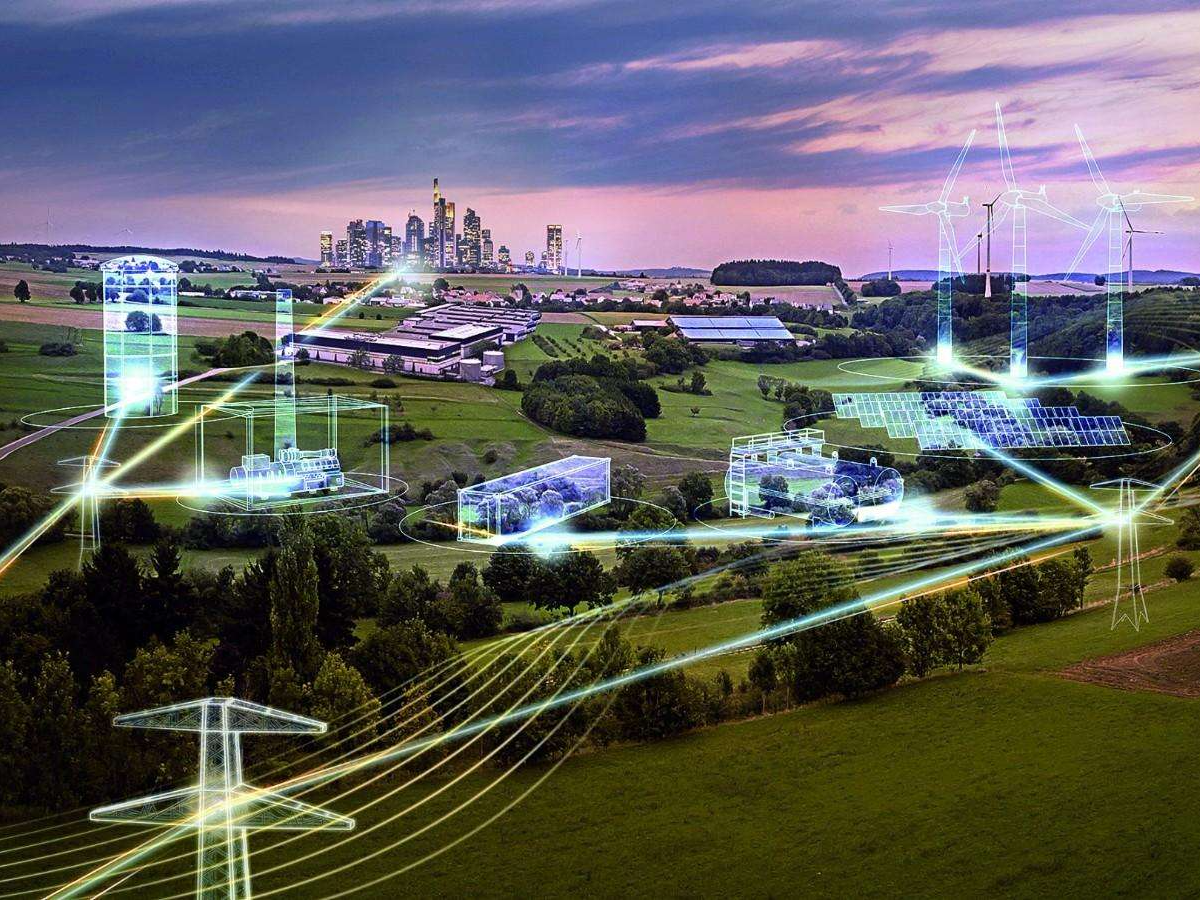
- After ten years of high-speed advancement, the level of intelligence and automation in all links has been greatly improved
In 2009, China first proposed the concept of smart grid. After ten years of rapid construction and development, China's smart grid has begun to take shape. In March 2010, "strengthening the construction of smart grid" was written into the "Government Work Report" that year, and it was elevated to a national strategy.
Now it has entered the third stage, that is, leading the promotion stage. The current impact of carbon neutrality on traditional cyclical industries is very similar to a round of supply-side reforms. In order to achieve the goal of peaking carbon in 2030, it is necessary to strictly limit the new capacity of high-energy-consuming industries.
The chairman of the State Grid Corporation of China estimates that the scale of investment in the power grid industry during the "14th Five-Year Plan" period will exceed 6 trillion yuan.
With the policy dividend, the smart grid will surely open the door to the organic integration of energy and the Internet. The layout of the smart grid has also become an important strategic measure for the country to seize the commanding heights of the low-carbon economy in the future. In the context of "carbon neutrality", smart grids have broad investment space.
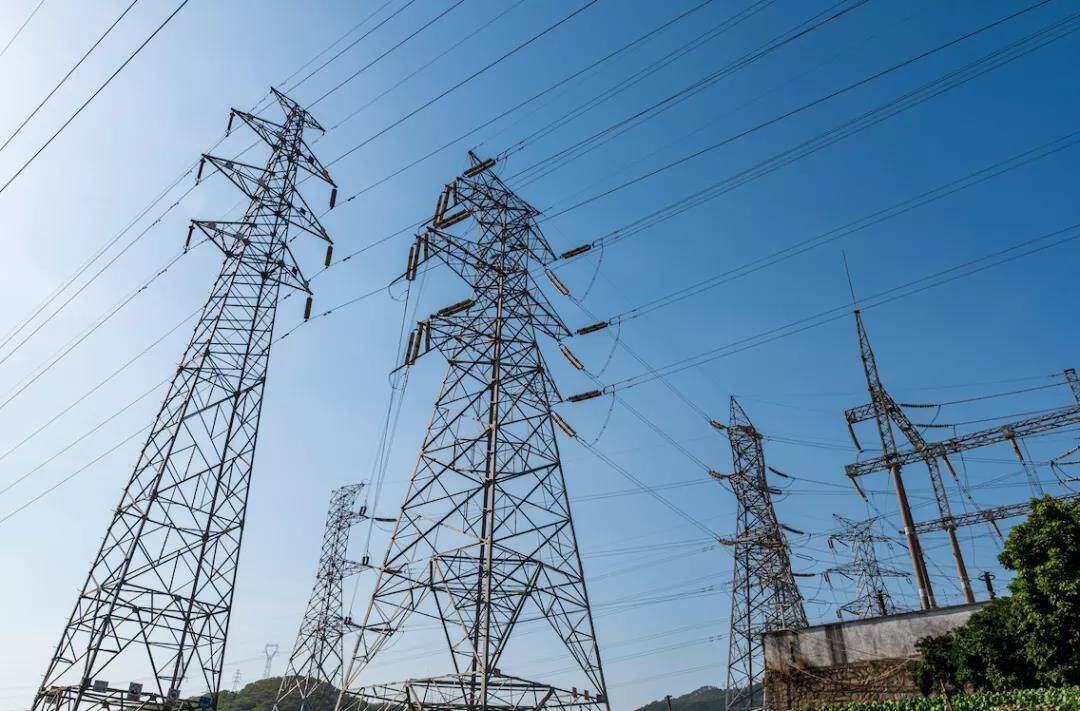
Smart grid refers to the UHV grid as the backbone network frame, using advanced communication, information and control technology to build a unified strong smart grid characterized by informatization, automation, digitization, and interaction. Its essence is the transmission of power grids. The intelligent construction of power distribution and other links solves related problems on the energy supply side.
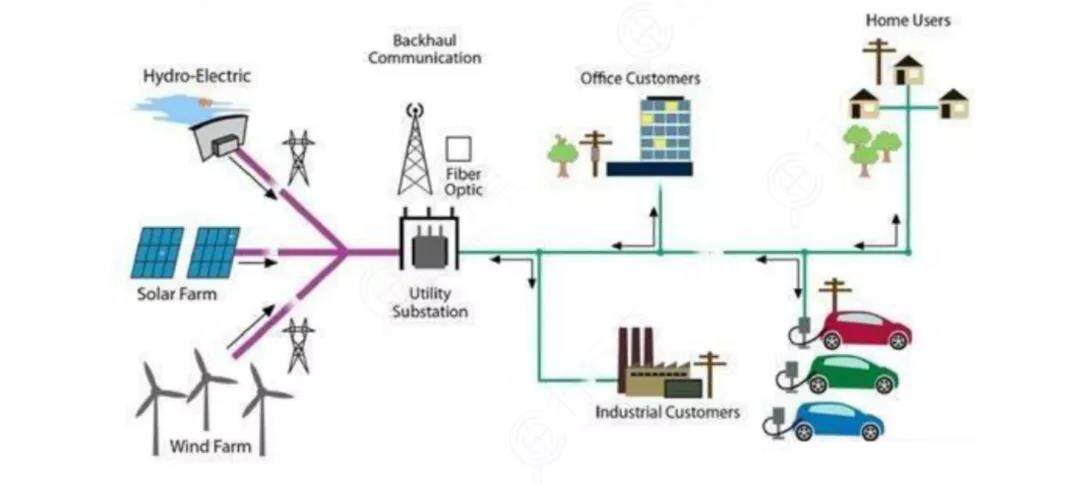
Compared with the existing power grids, smart grids reflect the remarkable characteristics of a high degree of integration of power flow, information flow and business flow. Driven by the awareness of green energy conservation, smart grids have become a key field in which countries around the world are competing for development.
According to the National Grid Smart Planning Report, smart grid investment focuses on power utilization, distribution, power transformation and communications, mainly to enhance the automation, informatization, and interactive level of the grid, strengthen resource allocation capabilities, improve safe and stable operation, and adapt Clean energy development and grid connection, etc.
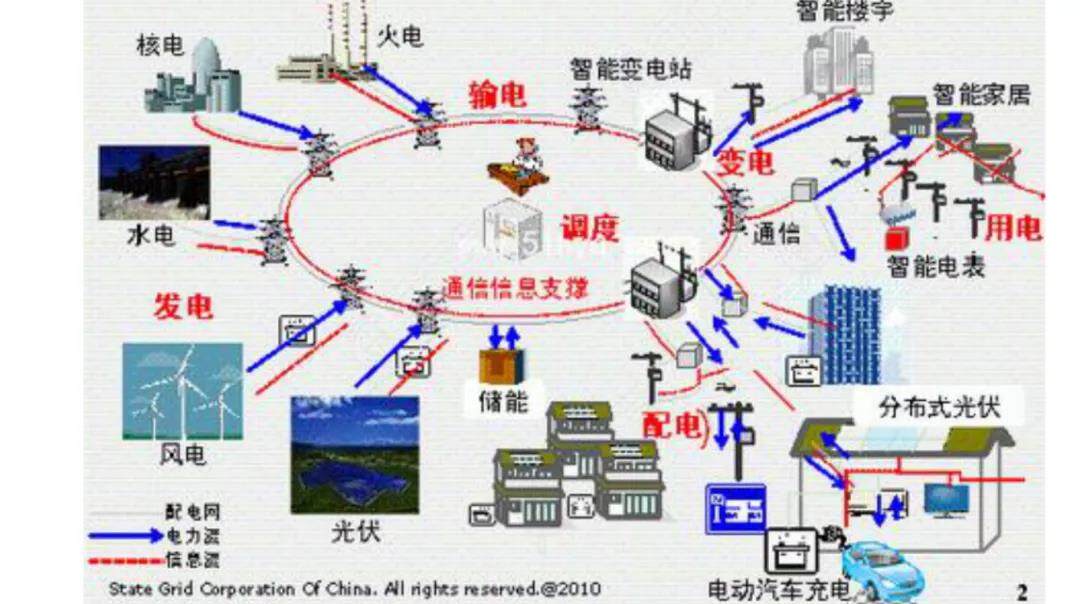
Through the application of advanced sensing and measurement technology, advanced equipment technology, advanced control methods and advanced decision support system technology, the smart grid achieves the goal of reliable, safe, economical, efficient, and environmentally friendly use of the power grid.
According to MRFR forecasts, the global smart grid market will maintain a compound growth rate of 20%. It is estimated that the scale will reach approximately US$52 billion in 2023, and the prospects are very broad.
The State Grid Corporation of China released the "National Grid Intelligent Planning General Report" that the State Grid's investment in intelligentization from 2009 to 2020 is 384.1 billion yuan, and the investment in the final leading and upgrading stage of the "13th Five-Year Plan" is 175 billion yuan.

Downstream of the power grid industry chain is a wide range of end users. Grid companies provide power transmission services, and users pay electricity fees to the grid companies (currently grid companies are still the main electricity sellers). According to the difference in electricity prices, users can be roughly divided into: There are four categories of industry, general industry and commerce, residents, and agricultural production. Among them, the electricity price for large industry and general industrial and commercial users is higher than that for residential and agricultural production.
The midstream is the construction and operation of power grids. Under the traditional model, power grid companies invest in grid construction, recovering investment and earning income through the price difference between purchase and sale of electricity.
The upstream of the power grid includes equipment companies in the construction link and power generation companies in the operation link. Among them, power equipment companies not only have hardware equipment, but also software and system integration.
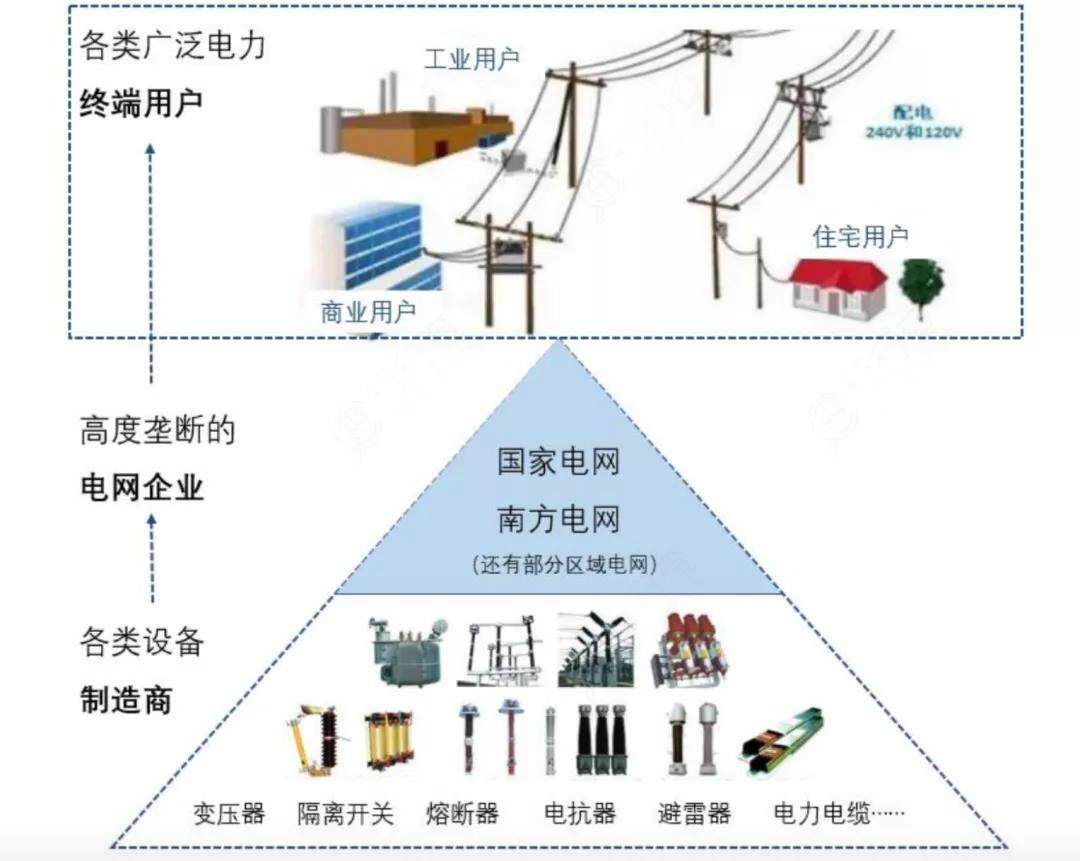
Smart grid investment focuses on power consumption, power distribution, power transformation and communication, mainly for various primary equipment (including UHV and flexible power transmission equipment), secondary equipment (automation equipment and systems for each link), information equipment and engineering There is greater demand.
The clear investment direction is power grid intelligence and automation. There are many participants, the market is fragmented but the pattern is clear. It is a growth investment opportunity driven by investment.
Among them, the secondary equipment suppliers mainly include Guodian Nanrui, Xu Ji Electric, Guodian Nanzi, Kelu Electronics, etc.; primary equipment suppliers such as Pinggao Electric, TBEA, etc.
Smart grid will be the development trend of the power industry. The construction of smart grid has also brought new challenges to the current power communication network.
With regard to energy shortages, China's energy resources and demand are distributed in the opposite direction, and energy transportation is under great pressure. Strong smart grids have improved the transportation efficiency of "West-to-East power transmission and North-to-South power supply" through the construction of UHV networks.
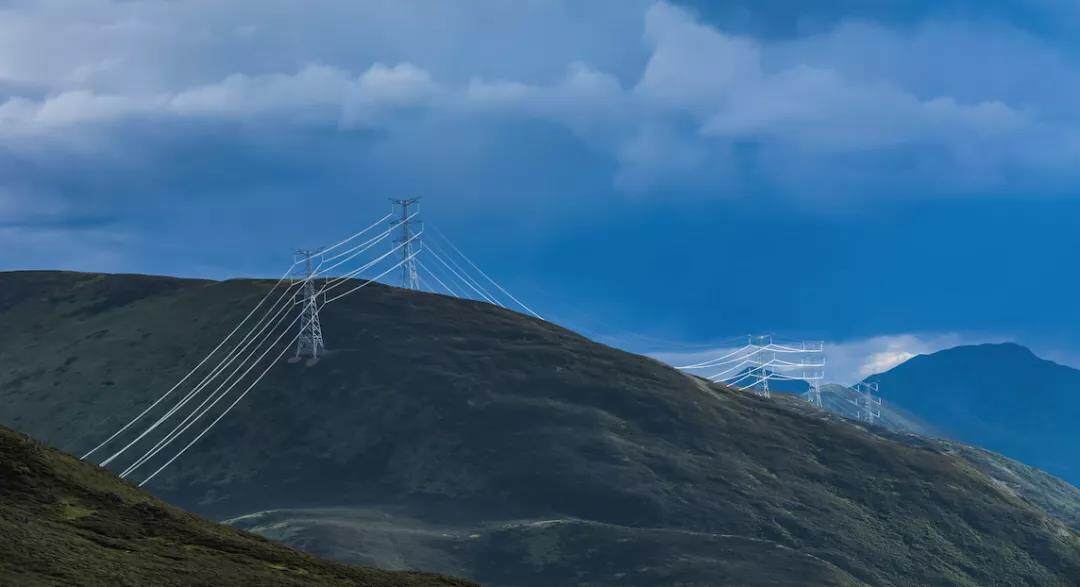
In terms of environmental pollution, China is highly dependent on fossil energy, and the environmental pollution caused by it is becoming more and more serious. The strong smart grid implements "replace coal with electricity, replace oil with electricity, and electricity from afar" through the construction of UHV networks. Alternative development strategies.
In terms of energy security, the construction of a strong smart grid can increase the proportion of China's power in the final energy consumption, realize the simultaneous development of coal and power transmission, and form a mutual protection pattern between the two energy transmission methods, and reduce the dependence on foreign oil.
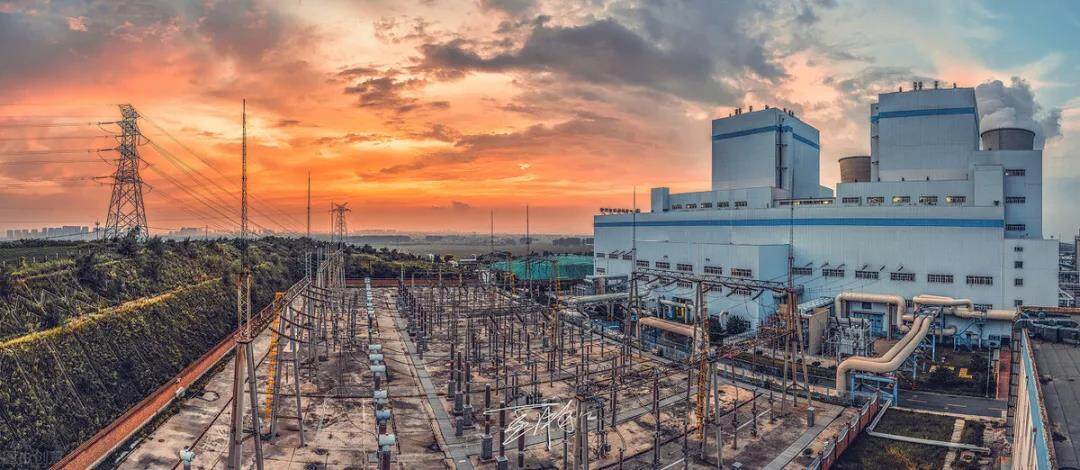
The power industry has a complete industrial chain, complete power equipment, large-scale application, wide industrial radiation, and great driving force. It is a typical representative in the development of the 5G industry.
5G combines innovative technologies such as network slicing and edge computing to perfectly meet the communication needs of smart grids.
The three basic capabilities of the 5G system, eMBB, uRLLC, and mMTC, have an important impact on the mobile application business, grid control business and information collection business of the power grid, and comprehensively improve the operational efficiency and intelligent decision-making level of traditional vertical industries.
In addition, the large bandwidth, high reliability, low latency, and large connection characteristics of 5G enrich the access methods of the distribution network side business, overcome the last-mile access problem, and help the construction of smart grids.
The in-depth integration of power grids and 5G networks will surely stimulate new power operation modes and power service models, realize the intelligent upgrade of power grid business, and promote the development of emerging power businesses.

The strong smart grid on the supply side and the ubiquitous power Internet of Things on the demand side are "one supply and one demand", which are closely related and cannot be separated. In the long run, it will promote the coordinated interaction of source-network-load-storage, reduce the "three wastes", and effectively make up for the shortcomings in the development of renewable energy.
The "two networks" is actually the interaction between the demand side and the supply side. Realizing the coordinated development between the two networks is also the great significance of the "two networks" proposed by the State Grid Corporation of China. Editor/Xu Shengpeng
Comment
 Praise
Praise
 Collect
Collect
 Comment
Comment
 Search
Search


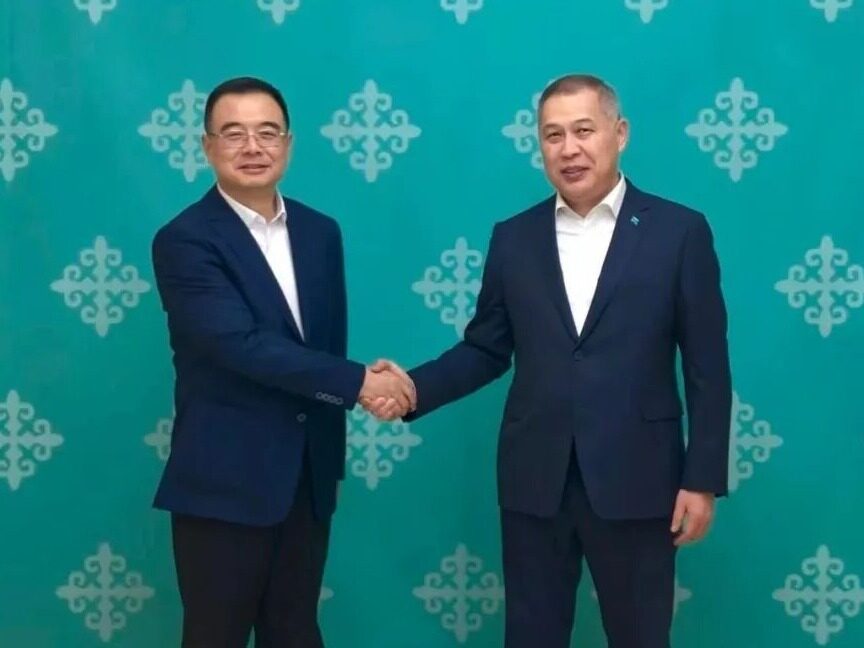
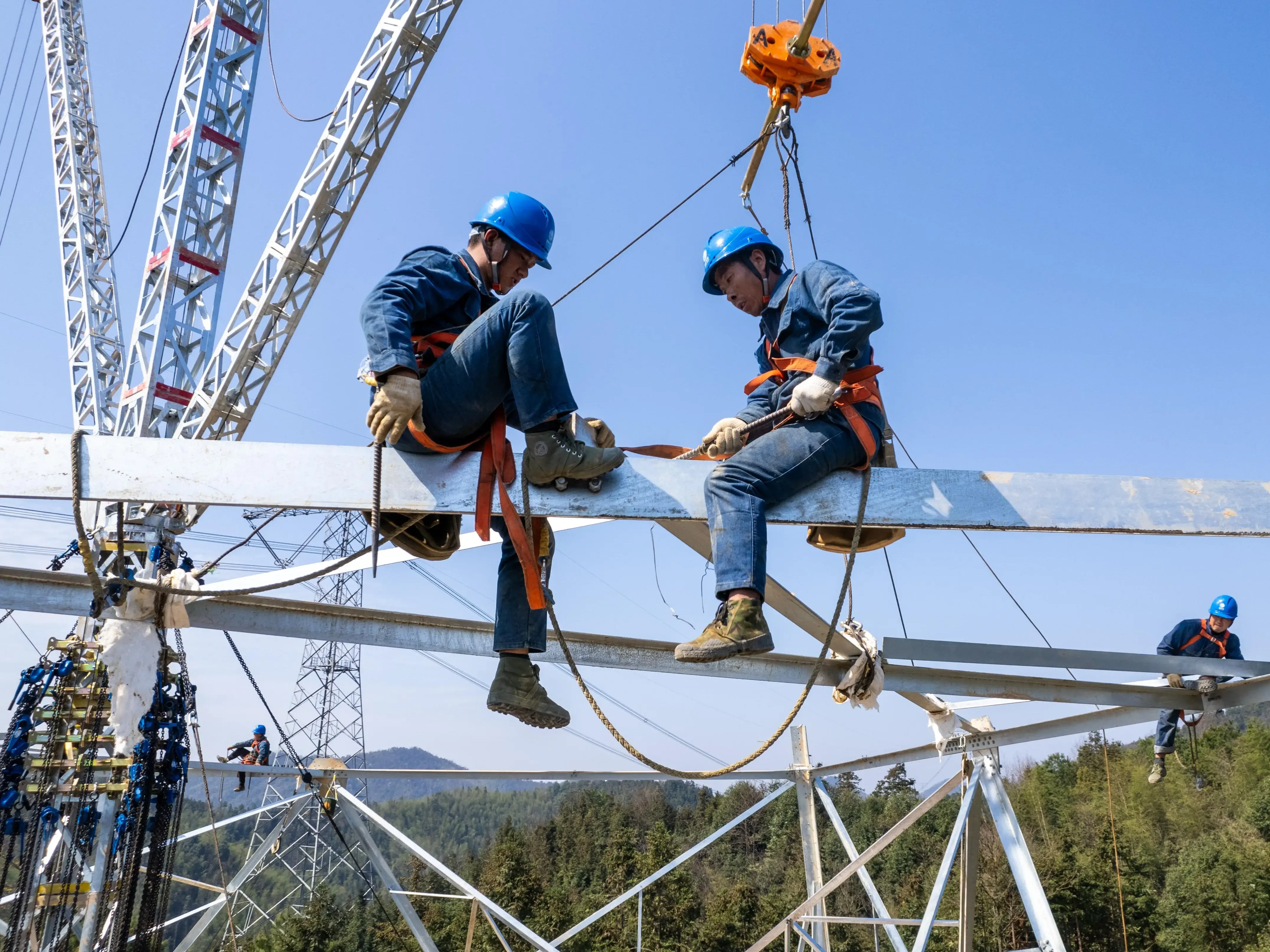

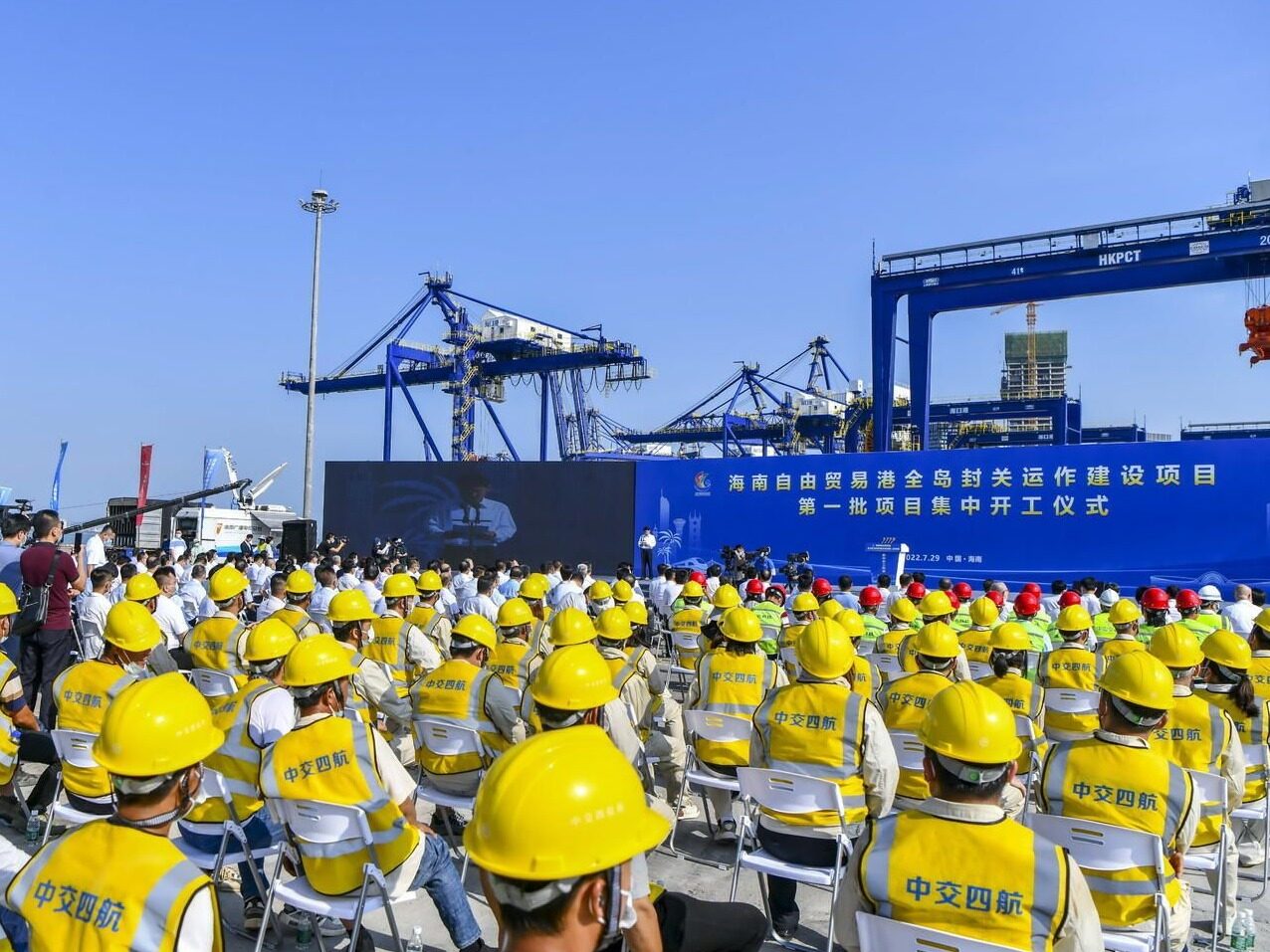
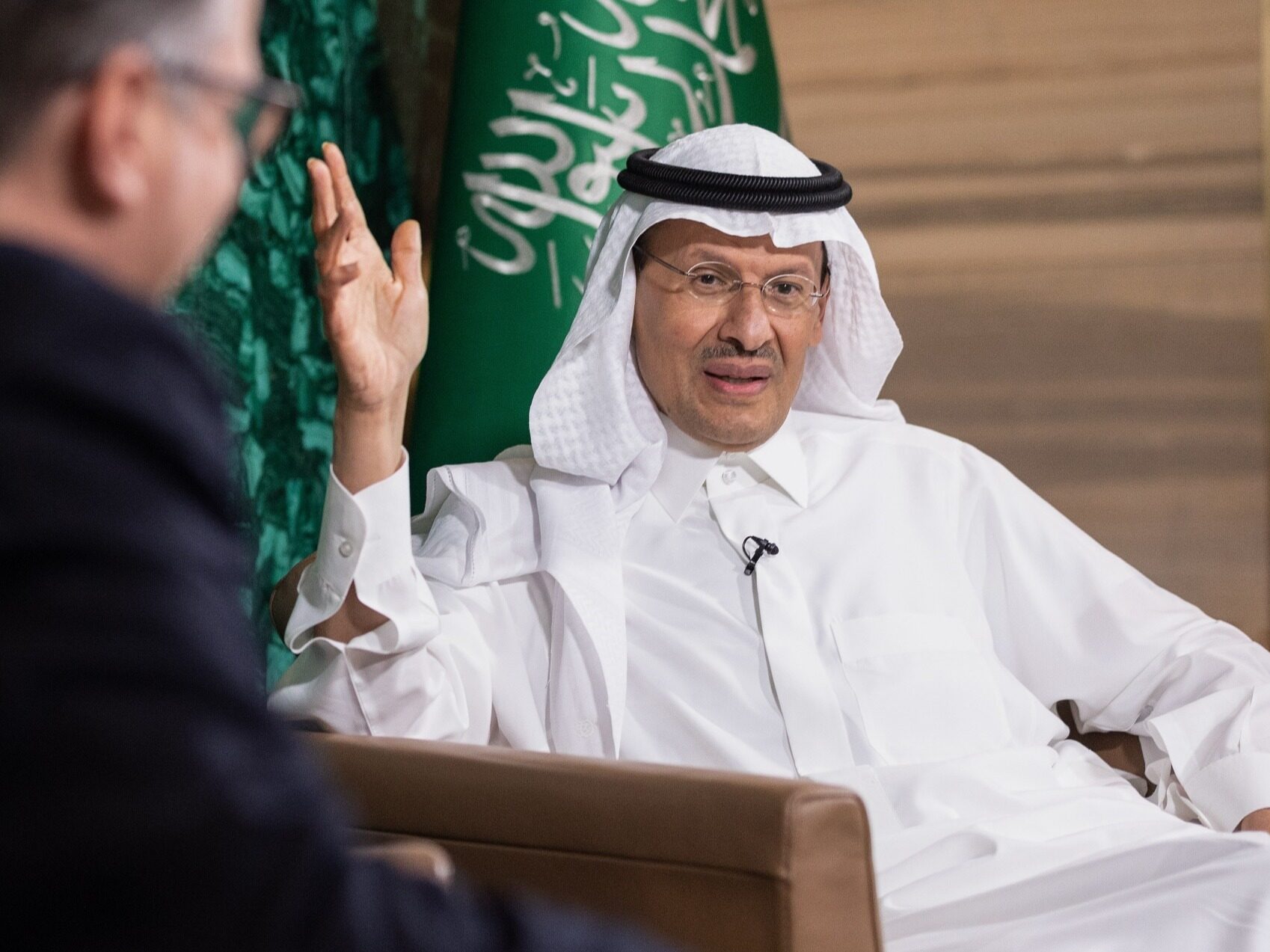







Write something~